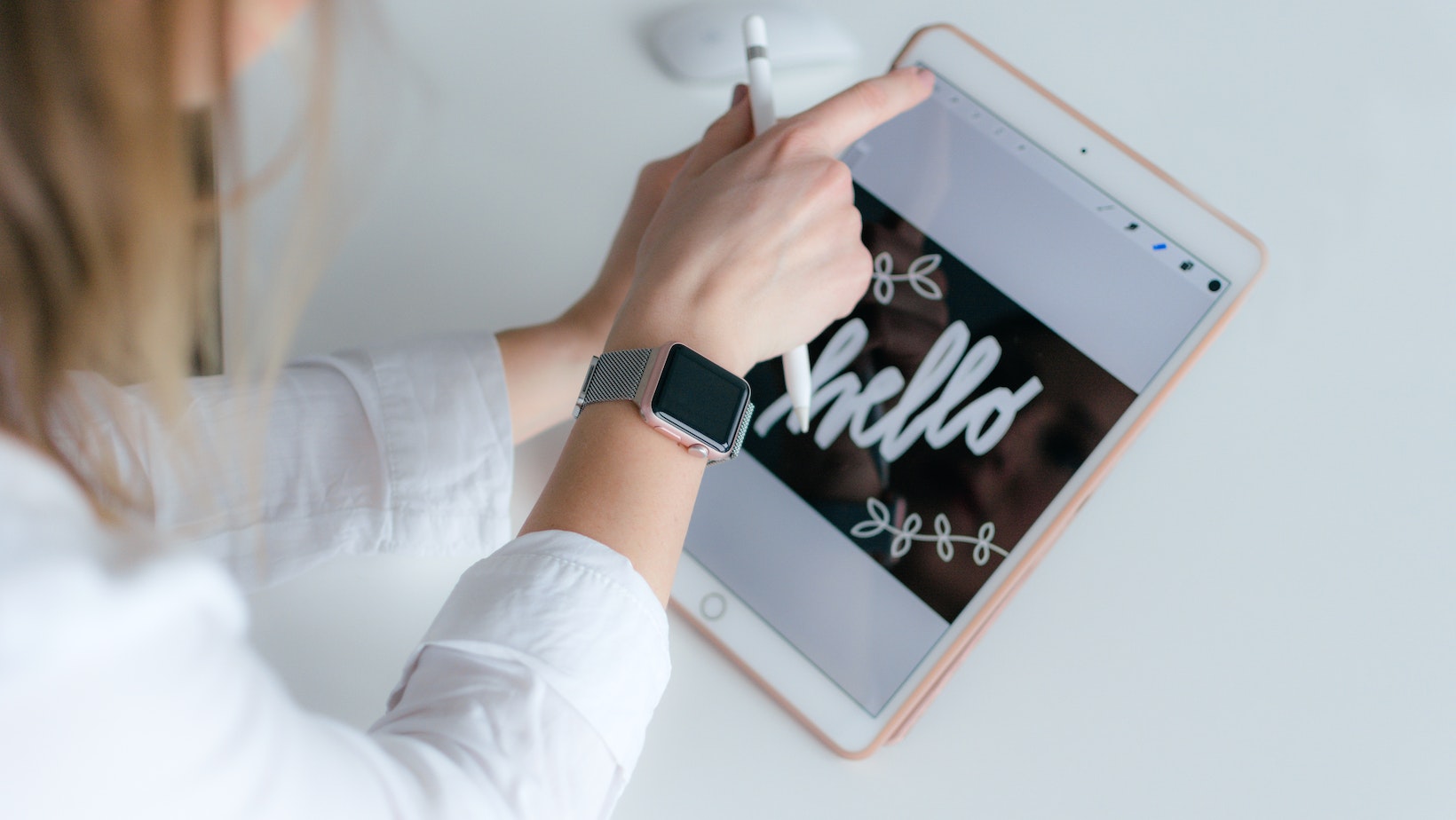Design plays a crucial role in the success of any business. From logos and websites to product packaging and user interfaces, well-designed elements can greatly impact a company’s growth and profitability. In today’s competitive market, businesses cannot afford to overlook the importance of design in attracting and retaining customers. Effective design not only enhances the visual appeal of a brand but also communicates its values and message, helping to build trust and credibility with consumers.
In addition to aesthetics, design also improves functionality and user experience. A well-designed website or app, for example, can make it easier for customers to navigate, find information, and make purchases. By focusing on user-centered design principles, businesses can create intuitive interfaces that streamline the customer journey, resulting in higher conversion rates and customer satisfaction. Design-driven businesses understand that investing in user experience is a strategic decision that can lead to long-term success.
Furthermore, design can differentiate a business from its competitors. In a crowded marketplace, unique and memorable design can make a brand stand out and be instantly recognizable. Whether it’s through distinctive packaging, innovative product design, or a visually striking logo, businesses can create a strong visual identity that sets them apart. Consistent and cohesive design across all touchpoints helps to reinforce brand recognition and create a lasting impression in the minds of consumers.
Discuss How Human-Centered Design Assists with the Development of Your Business Model.
Design plays a crucial role in the development of a business model, particularly through the implementation of human-centered design principles. By focusing on the needs and preferences of customers, design can assist in creating a business model that is user-friendly, visually appealing, and highly functional. In this section, we will discuss how human-centered design assists with the development of your business model, ultimately leading to increased growth and profitability.
1. Enhancing User Experience:
Human-centered design puts the needs of users at the forefront of the design process. By conducting thorough research and understanding the target audience, businesses can create products and services that are intuitive, easy to use, and cater to the specific needs of their customers. This, in turn, improves user experience, leading to higher customer satisfaction and increased loyalty.
2. Building Brand Trust and Credibility:
Effective design not only enhances the visual appeal of a brand but also communicates its values and message. A well-designed brand identity creates a strong visual identity, making it easier for customers to recognize and remember the brand. This consistency builds trust and credibility with consumers, as they associate the quality of the design with the quality of the products or services being offered.
3. Differentiating from Competitors:
In a crowded marketplace, businesses need to stand out from their competitors. Design can play a pivotal role in creating a unique and memorable brand presence. By incorporating distinctive design elements, businesses can differentiate themselves from their competitors and create a strong visual identity that resonates with their target audience.

How Design Enhances Brand Identity
Design plays a crucial role in enhancing brand identity, effectively communicating a company’s values and message to its target audience. Here’s how:
- Visual Appeal: A well-designed brand identity captures attention and makes a lasting impression. From logos to color palettes and typography, design elements create a visually appealing and cohesive brand identity that resonates with customers.
- Recognition and Memorability: A unique and memorable design helps a business stand out from the competition. By incorporating distinctive visual elements, such as logos or brand icons, design creates a strong visual identity that customers can easily recognize and remember.
- Trust and Credibility: Effective design builds trust and credibility with consumers. When a brand invests in professional and polished design, it signals that they care about quality and attention to detail. This creates a positive perception and fosters trust in the brand.
- Consistency: Consistency in design across various touchpoints, such as websites, social media, and packaging, reinforces brand identity and strengthens brand recognition. When customers consistently encounter a cohesive visual experience, it reinforces their connection with the brand.
- Differentiation: Design can set a business apart from its competitors by incorporating distinctive elements that resonate with the target audience. By understanding the preferences and needs of customers, a business can create a unique visual identity that distinguishes them from competitors.
Design enhances brand identity by capturing attention, fostering recognition, building trust and credibility, promoting consistency, and differentiating a business in the market. By investing in effective design, businesses can create a strong visual identity that resonates with customers and drives growth and profitability.

